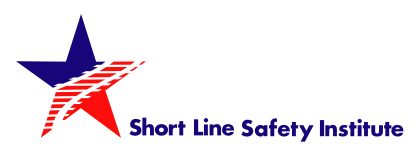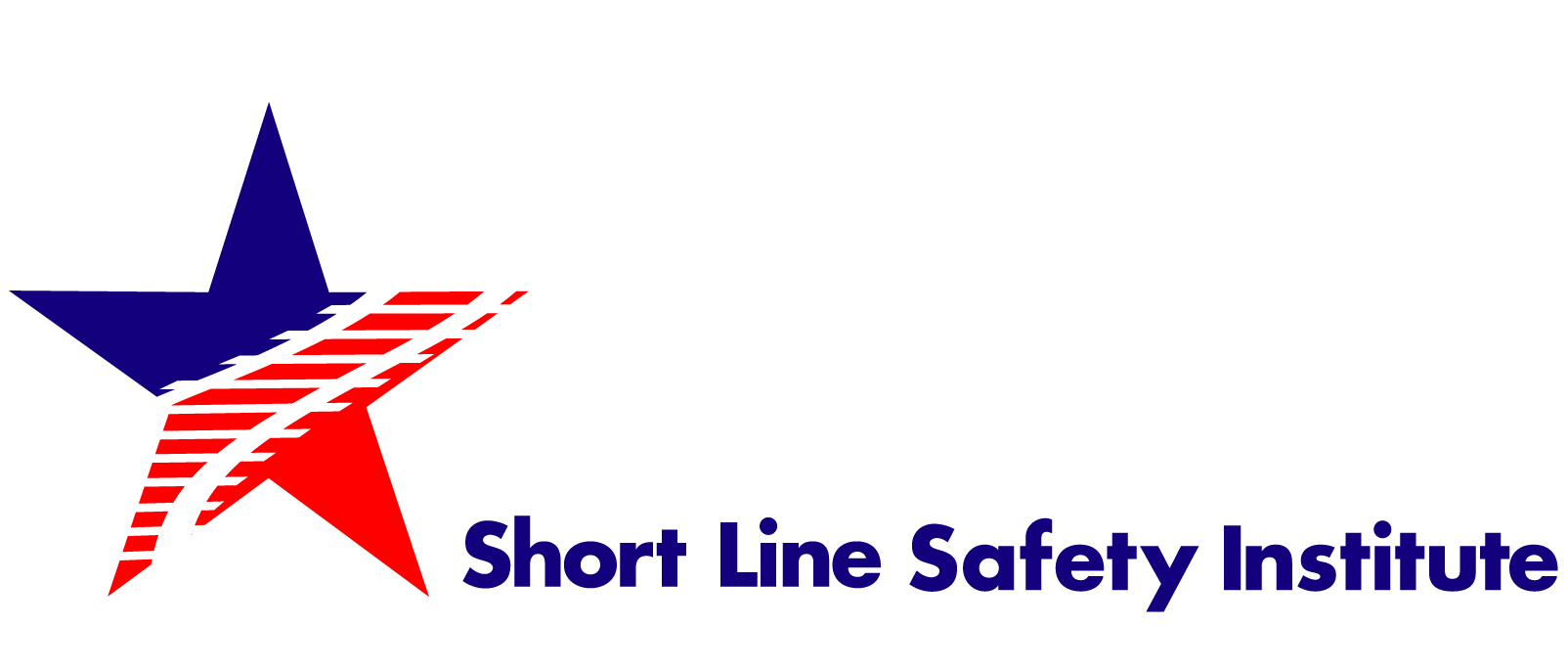WASHINGTON – October 30, 2023 – The Volpe Institute recently conducted a study of twenty short line railroads that have completed both an initial Safety Culture Assessment (SCA) conducted by the Short Line Safety Institute (SLSI), and a follow-up SCA called a “Time 2 Assessment.” These railroads showed measurable safety culture improvements across all Ten Core Elements of a Strong Safety Culture, as defined by the U.S. Department of Transportation Safety Council. Further, the study supports the hypothesis that implementation of SLSI provided Opportunities for Improvement results in strengthened safety culture outcomes.
“Our process for measuring safety culture is the most comprehensive and robust in the railroad industry. This independent research demonstrates that when short line railroads identify and work to close safety culture gaps, the effort resulted in a stronger, more positive safety culture on those railroads. A strong safety culture provides the support for strong safety performance,” said SLSI Executive Director Tom Murta.
The Volpe Institute analyzed the results of paired SCA reports across twenty railroads, determining if a Core Element strengthened, stayed about the same, or weakened from the initial SCA to the Time 2 Assessment.
The analysis revealed safety culture growth across all railroads and within all Ten Core Elements of a Strong Safety Culture. Specifically, the research identified:
- The Core Element with the highest safety culture growth was Core Element 2: The Railroad Practices Continuous Learning.
- The Core Element with the lowest safety culture growth was Core Element 4: Reporting Systems & Accountability Are Clearly Defined.
- In the intervening time between the two SCAs, the twenty railroads were able to partially or fully implement 60 percent of the Opportunities for Improvement recommended by SLSI.
The results of this research also indicated that there was still room for improvement for all railroads assessed, and that some core elements may be more difficult than others for railroads to show improvement.
“After conducting more than 125 SCAs, the SLSI understands that some elements that we measure are more difficult for railroads to improve. The SLSI has developed tools to help railroads strengthen safety culture across all elements, including in these more challenging areas,” said Murta. “Our staff stands ready and able to assist a short line with any specific challenge. We have provided technical assistance to several railroad management teams, with positive results.”
An SCA is conducted onsite by a team of SLSI professionals and combines an online employee survey, onsite employee interviews, safety documents reviews, and field observations.
At the conclusion of the SCA, railroad management will receive an in-depth evaluation of performance on their railroad, reviewed using the Ten Core Elements of a Strong Safety Culture, as adopted by the U.S. Department of Transportation’s Safety Council. In addition, the SLSI team will provide resources and tools to address areas of opportunity on the railroad.
An SCA is voluntary, non-punitive, confidential, and free of charge to short line, passenger, tourist, and commuter railroads.
Click here for the PDF of this release.

